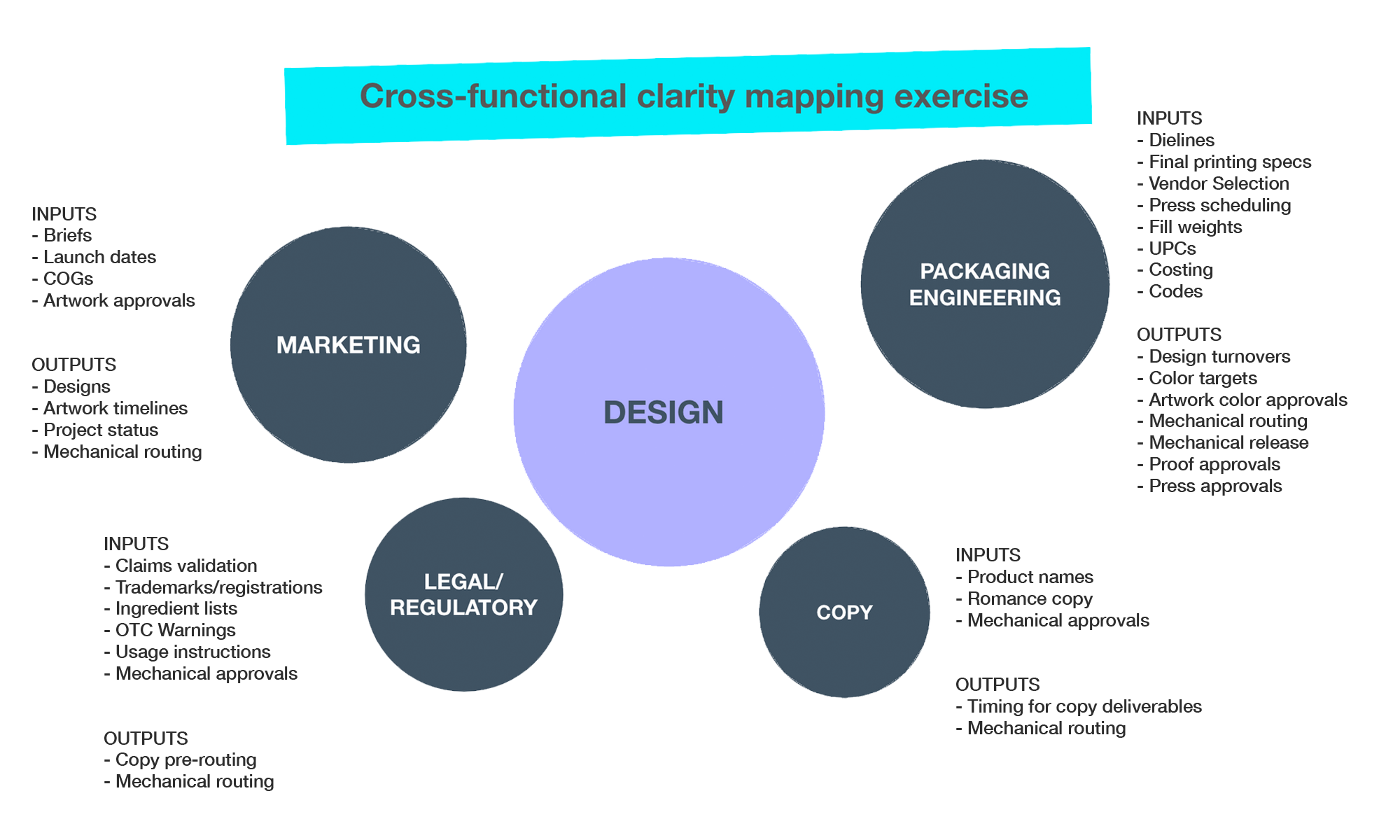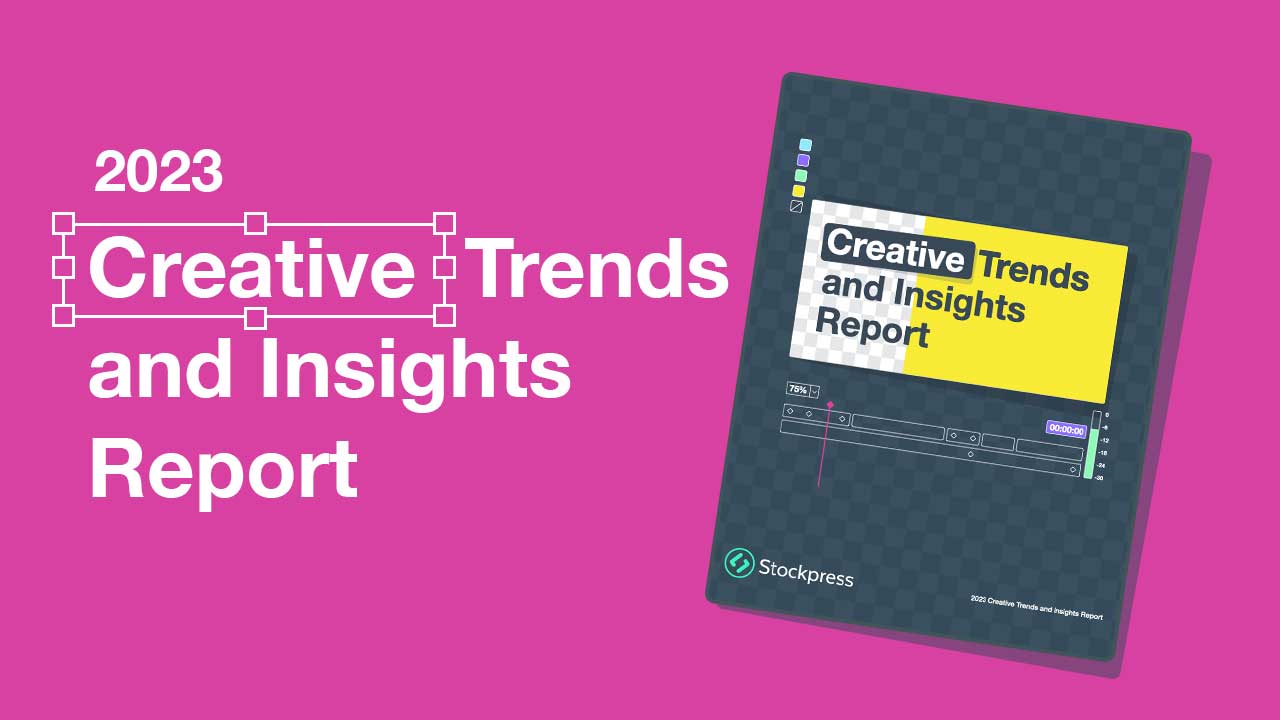With teams more distributed than ever, and businesses operating a more agile workforce, effective collaboration is the key to success. Creative teams, in particular, thrive on the synergy of different talents and functions working together to achieve their goals. To ensure seamless cooperation among these diverse roles, cross-functional clarity becomes paramount. In this article, we will delve into the significance of cross-functional clarity, its role in creative teams, and some practical ways to foster it.
As a prominent player in collaborative endeavors, Stockpress emphasizes the importance of the three P’s of Collaboration; Platform, Process, and People. In this article, we will focus on the third ‘P’—People, and explore how cross-functional clarity plays a pivotal role within those making up creative teams.
Understanding cross-functional clarity.
Creative teams comprise a variety of roles, each contributing to the final product or project. These roles span beyond design and production and may encompass functions such as Design Operations, Packaging Engineering, Product Development, Brand, Marketing, Legal, Regulatory, and more. Cross-functional clarity refers to ensuring that everyone understands their roles, responsibilities, and how they impact the organization’s overarching mission and vision.
The concept of “cross-functional clarity” is of paramount importance. It addresses a common challenge faced by teams. Effective performance often hinges on collaborating with professionals possessing diverse expertise, and clarity is fundamental for achieving success in this context.
Importance of cross-functional clarity.
Clear and effective communication, well-defined roles and responsibilities, streamlined processes, and seamless workflows are the cornerstones of cross-functional clarity. When everyone within an organization comprehends their role and how it fits into the bigger picture, it fosters a sense of purpose and collaboration. As the saying goes, “The best relationships are those in which the expectations are very clear.”
Simple ways to be an effective partner.

To excel in a cross-functional landscape, individuals can adopt an approach coined by Angela Mastandrea known as HACK, standing for Helpful, Accountable, Curious, and Kind. These elements are characterized by:
- Helpful: Collaboration is a two-way street. Be willing to assist your colleagues, but don’t do their work for them. Offering support and guidance can go a long way.
- Accountable: Always deliver on your promises and manage expectations. Reliability builds trust among your peers.
- Curious: Asking questions and actively listening to understand your colleagues’ needs and perspectives fosters empathy and collaboration.
- Kind: Authentic kindness, being courteous, showing empathy, and genuinely caring about the people you work with go a long way.
To be an effective partner it is important to remember that it is essential to shift the focus away from oneself and onto others. Listening and managing expectations are fundamental elements of building effective partnerships.
Enhancing cross-functional clarity.
In cases where cross-functional clarity is lacking, you can consider the following strategies:
- Creating a Clarity Map: Develop a visual representation of your team’s roles, responsibilities, and interactions. This clarity map can serve as a reference point for everyone involved.
- Integrate In-House and Outsourced Elements: In an evolving landscape, such as a transition from an in-house to a hybrid creative team, ensure seamless integration by defining roles, processes, and expectations for both internal and external team members.
- Open the Conversation: When cross-functional collaboration is broken, initiate a candid conversation. Identify pain points, listen to concerns, and collectively brainstorm solutions.
- Highlight Positive Examples: Showcase high-performing cross-functional relationships as positive examples. Encourage inclusivity by involving team members in sharing their success stories and best practices.
Conducting a cross-functional clarity map.
To initiate a comprehensive mapping exercise, let’s consider the example of a packaging design team as a focal point. Begin by positioning your team at the center of the map, and radiate outwards by adding the various cross-functional teams you interact with regularly. In this visual representation, it’s essential to delineate what your team needs from each of these cross-functional teams, highlighting what they provide to your process. Simultaneously, identify what these teams require from you or your team, signifying what is received from your side. This exercise serves as a valuable tool to facilitate meaningful and productive conversations with your partners. By outlining these dependencies and expectations in a clear and structured manner, you pave the way for smoother collaboration.

However, it’s crucial to emphasize that during these discussions, the focus should remain squarely on the work and its requirements, rather than on individual personalities or interpersonal dynamics. This approach ensures that the conversations revolve around achieving shared objectives and fostering a collaborative atmosphere that is conducive to innovation and efficiency.
Key takeaways:
In conclusion, cross-functional clarity is the cornerstone of successful collaboration within creative teams. Remember to HACK your way to becoming an effective partner, create clarity maps, and strive for alignment with your colleagues. Great partnerships are invaluable assets in achieving organizational goals, and their impact should never be underestimated.
As you navigate the intricate web of creative collaboration, always remember the power of kindness and the significance of nurturing relationships—it’s often the simple reminders that lay the foundation for success.
Better file management improves cross-functional clarity:
Is your team making the most of their files and cloud projects? Or is your team one of those spending an average of 9.3 hours per week hunting for and gathering information?
Here’s a little secret for you – the volume of files you generate and the cloud projects you engage in are only bound to increase! If you’re presently grappling with finding your files and cloud projects, utilizing multiple platforms such as Dropbox, Box, Google Drive, WeTransfer, and even local servers, resulting in disorganization and inefficiency – envision the challenges the future might bring!
Challenges commonly faced include restricted access due to user license limitations, storage constraints, complex folder structures, disjointed cloud projects, file-sharing difficulties, budget constraints, and version control issues.
Traditional file management systems necessitate duplicating files for multiple folders, complicating searches with vague filenames, imposing file type and size restrictions, and escalating costs as teams grow. Meanwhile, enterprise digital asset management platforms bring their own complexities, requiring specialist resources, inflexible configurations, and cost-prohibitive user licenses.
Now is the ideal time for a transformation. By introducing a smart file management approach, organizations can boost efficiency. Stockpress offers a comprehensive solution, allowing teams to:
- Collaborate seamlessly within a single platform.
- Centralize working and final documents.
- Find what you are looking for with visual search and filters powered by tags and metadata.
- Simplify file searches with a familiar structure but without duplicate files.
- Embrace unlimited user licenses.
- Customize user roles, permissions, and teams.
- Manage cloud projects alongside files.
- Share files of any type or size with internal and external users.
Embrace this transformative opportunity and put an end to disorganized files and cloud projects hindering your team’s productivity and cross-functional clarity.

